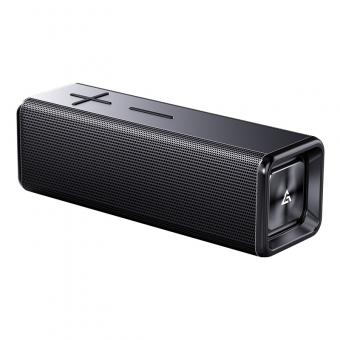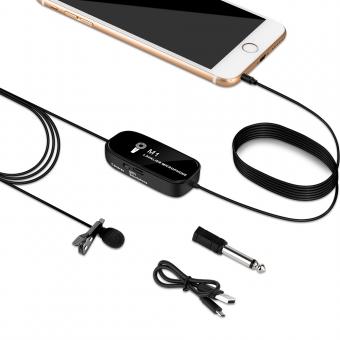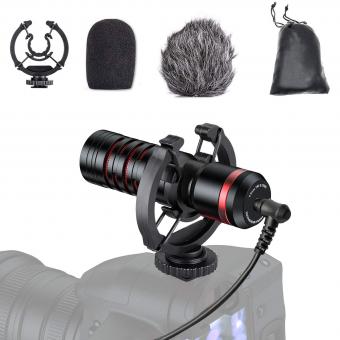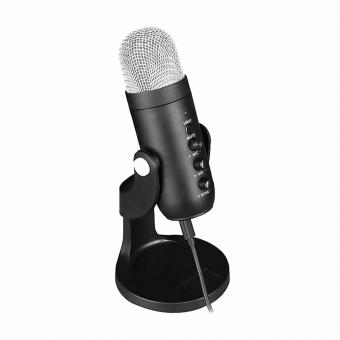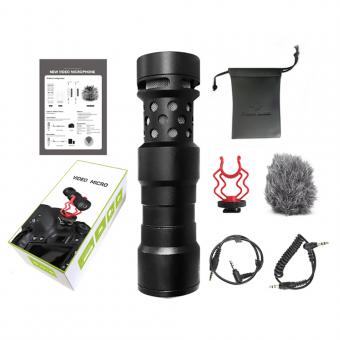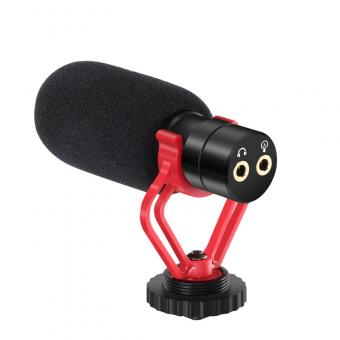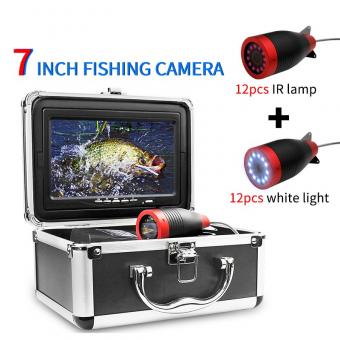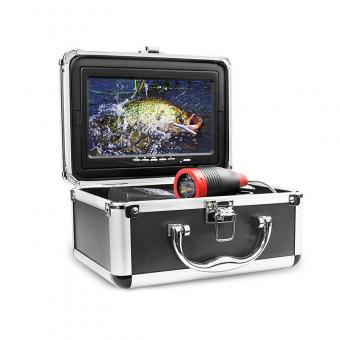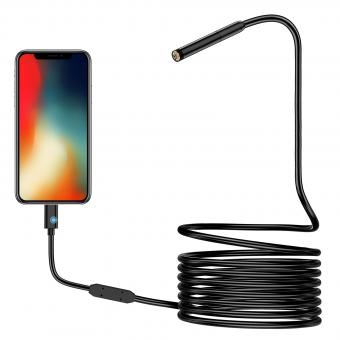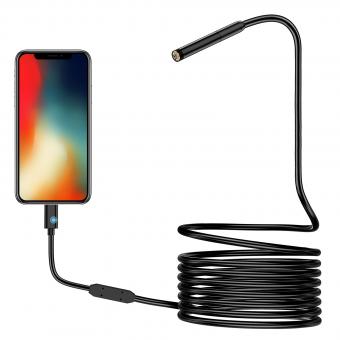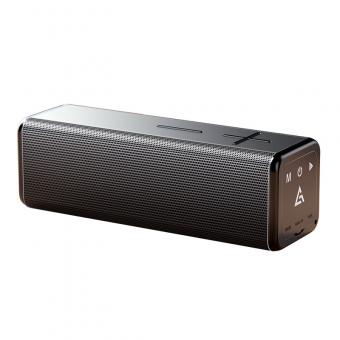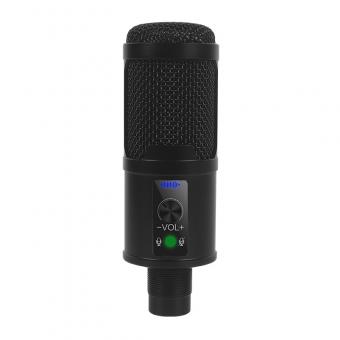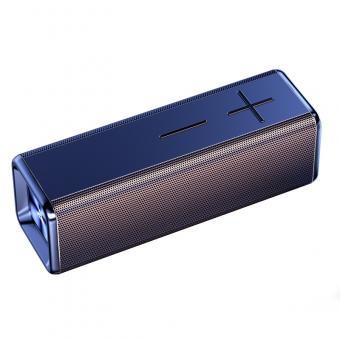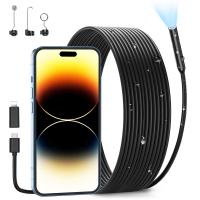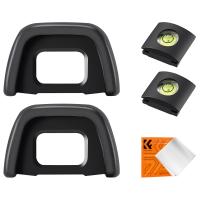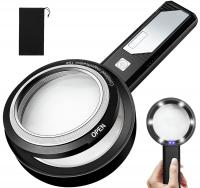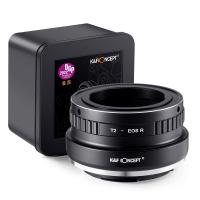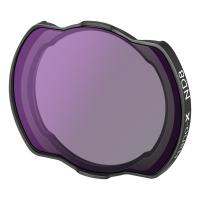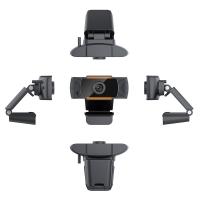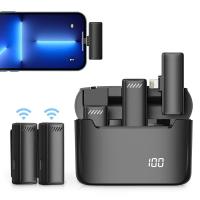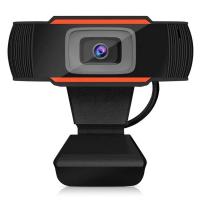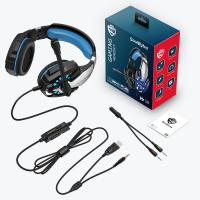Can You Use Microphone Cable For Speakers?
When setting up an audio system, one of the most common questions that arise is whether microphone cables can be used for speakers. This question is particularly relevant for those who are either new to audio setups or looking to repurpose existing equipment. To answer this question comprehensively, we need to delve into the technical specifications, practical implications, and potential risks associated with using microphone cables for speakers.
Understanding Microphone Cables and Speaker Cables
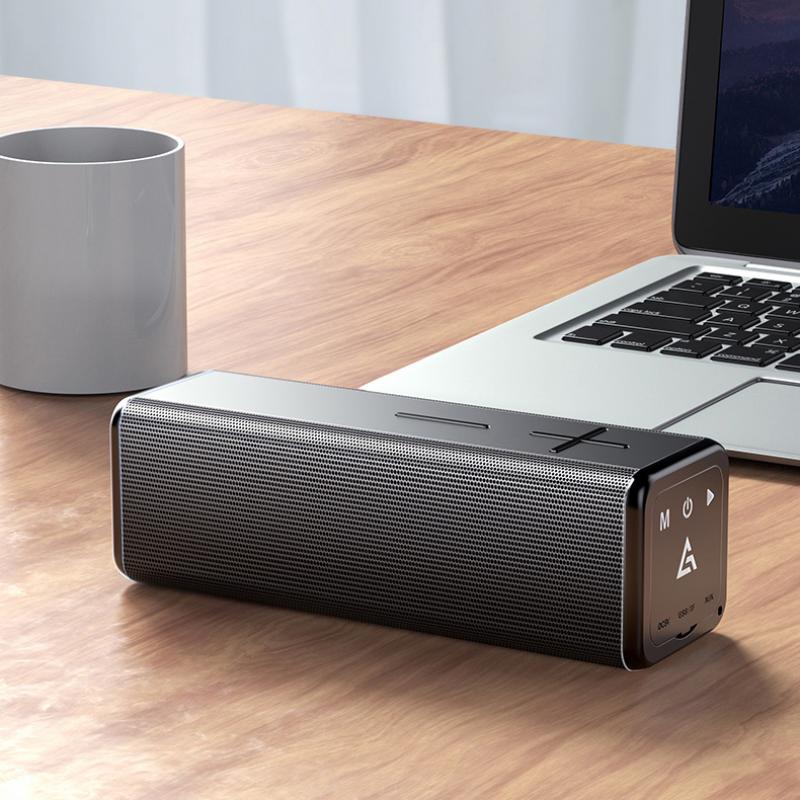
First, let's understand the fundamental differences between microphone cables and speaker cables. Microphone cables are typically balanced cables, often XLR or TRS, designed to carry low-level audio signals from a microphone to a preamp or mixer. These cables are usually shielded to protect against electromagnetic interference (EMI) and radio frequency interference (RFI), ensuring a clean signal.
On the other hand, speaker cables are unbalanced and designed to carry high-level audio signals from an amplifier to a speaker. These cables are generally thicker and have lower resistance to handle the higher current and power levels required by speakers.
Technical Specifications
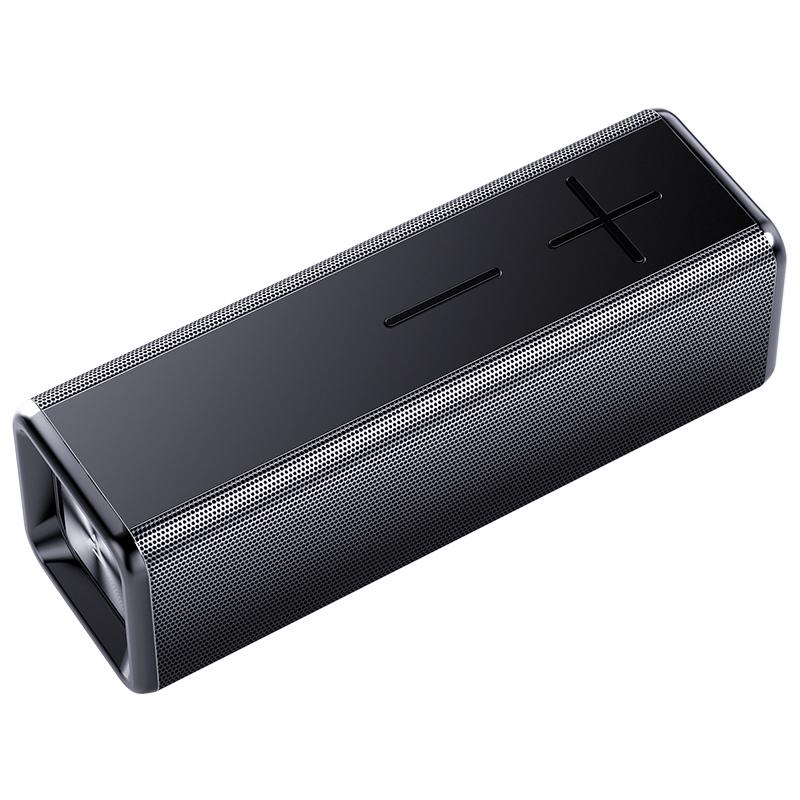
1. Impedance and Resistance: Microphone cables have higher impedance and resistance compared to speaker cables. This is because microphone signals are low-power and require shielding to prevent noise. Speaker cables, however, need to handle high power and low impedance to ensure efficient signal transfer.
2. Gauge: The wire gauge in speaker cables is typically lower (thicker wire) than in microphone cables. Thicker wires can carry more current without overheating, which is crucial for speaker performance.
3. Shielding: Microphone cables are shielded to protect against interference, which is less of a concern for speaker cables. The shielding in microphone cables can add to the overall resistance, making them less suitable for high-power applications.
Practical Implications
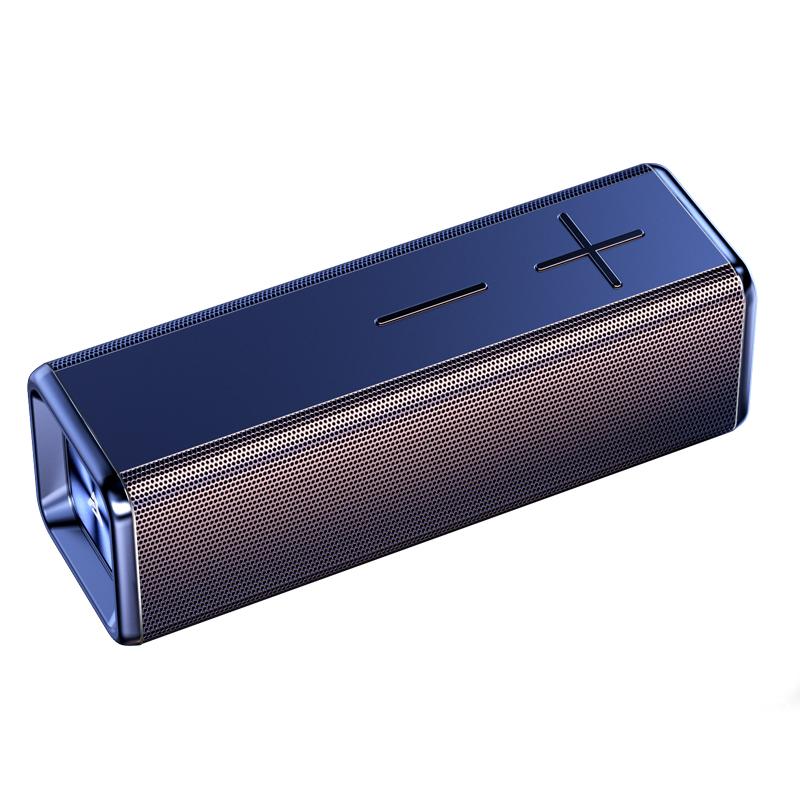
Using a microphone cable for a speaker can lead to several practical issues:
1. Signal Loss: Due to the higher resistance and impedance of microphone cables, there can be significant signal loss when used with speakers. This can result in lower volume and reduced sound quality.
2. Overheating: Microphone cables are not designed to handle the high current required by speakers. Using them in this manner can cause the cables to overheat, potentially leading to damage or even fire hazards.
3. Interference: While microphone cables are shielded, the shielding is not designed to handle the high power of speaker signals. This can lead to interference and noise in the audio output.
Potential Risks

1. Damage to Equipment: Using inappropriate cables can damage both the amplifier and the speakers. The increased resistance can cause the amplifier to work harder, potentially leading to overheating and failure.
2. Safety Hazards: As mentioned, the risk of overheating can pose a significant safety hazard. This is particularly concerning in professional or public settings where equipment is used for extended periods.
Alternatives and Best Practices
If you find yourself in a situation where you need to connect speakers but only have microphone cables, consider the following alternatives and best practices:
1. Use Proper Speaker Cables: The best solution is to use cables specifically designed for speakers. These cables are optimized for high power and low impedance, ensuring the best performance and safety.
2. Short Distances: If you must use a microphone cable, keep the distance as short as possible. This can help minimize signal loss and reduce the risk of overheating.
3. Lower Power Levels: If possible, reduce the power levels to the speakers. This can help mitigate some of the risks associated with using inappropriate cables.
4. Adapters and Converters: There are adapters and converters available that can help bridge the gap between different types of cables. However, these should be used with caution and as a temporary solution.
In summary, while it is technically possible to use microphone cables for speakers, it is not advisable due to the significant differences in design and intended use. Microphone cables are not built to handle the high power and low impedance required by speakers, leading to potential signal loss, equipment damage, and safety hazards. For optimal performance and safety, it is always best to use the appropriate cables for your audio setup.
By understanding the technical specifications and practical implications, you can make informed decisions about your audio equipment and ensure a high-quality, safe listening experience. Whether you are a professional audio engineer or an enthusiast setting up a home system, using the right cables is crucial for achieving the best sound quality and protecting your investment in audio equipment.

